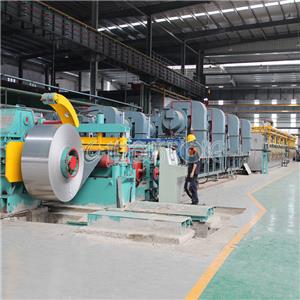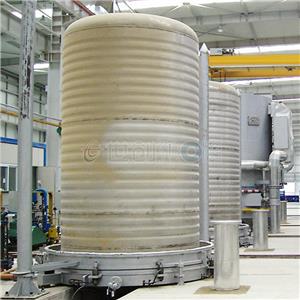Difference Between Quenching and Annealing
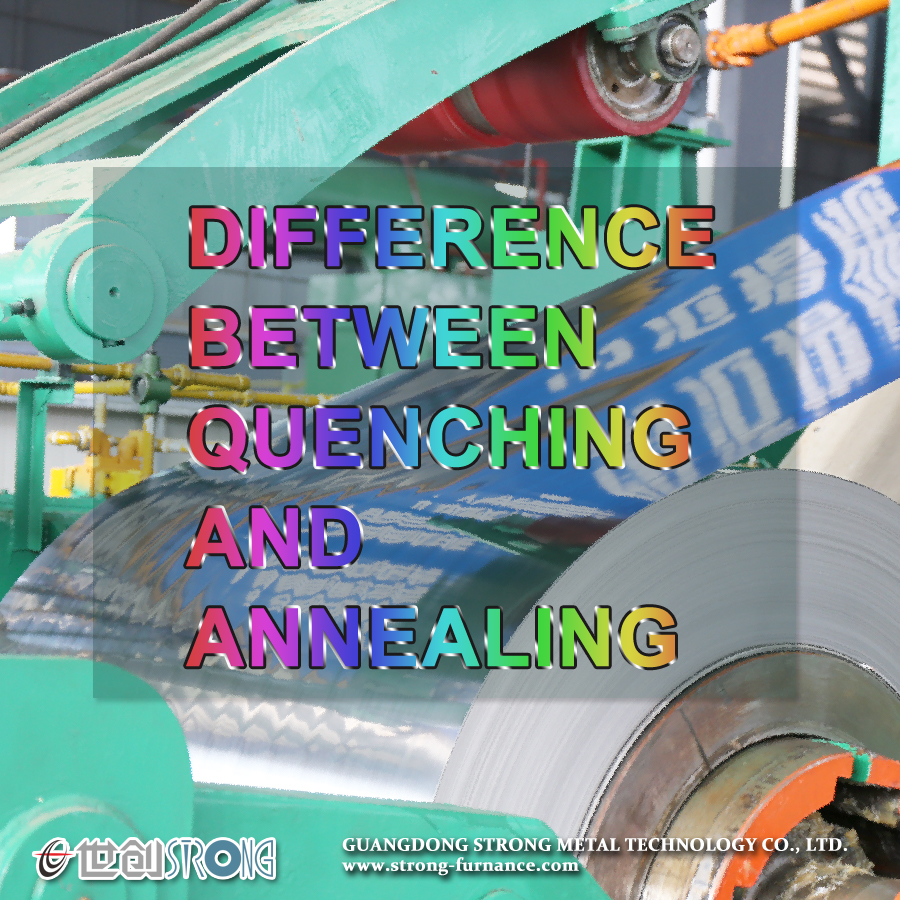
Quenching is a heat treatment process that heats the metal material to a certain temperature and then rapidly cools it to achieve high hardness and wear resistance on its surface. Quenching can produce martensitic structure in materials such as steel, thereby improving its hardness and strength, as well as improving its wear resistance. Quenching is often used to manufacture industrial parts such as mechanical parts, cutting tools, molds, gears, etc.
The basic steps of the quenching process include preheating, heating, heat preservation, cooling, etc. Among them, factors such as heating temperature and time, selection of cooling medium, and cooling rate will affect the quenching effect. Generally, the cooling medium used in quenching includes water, oil, salt water, etc.
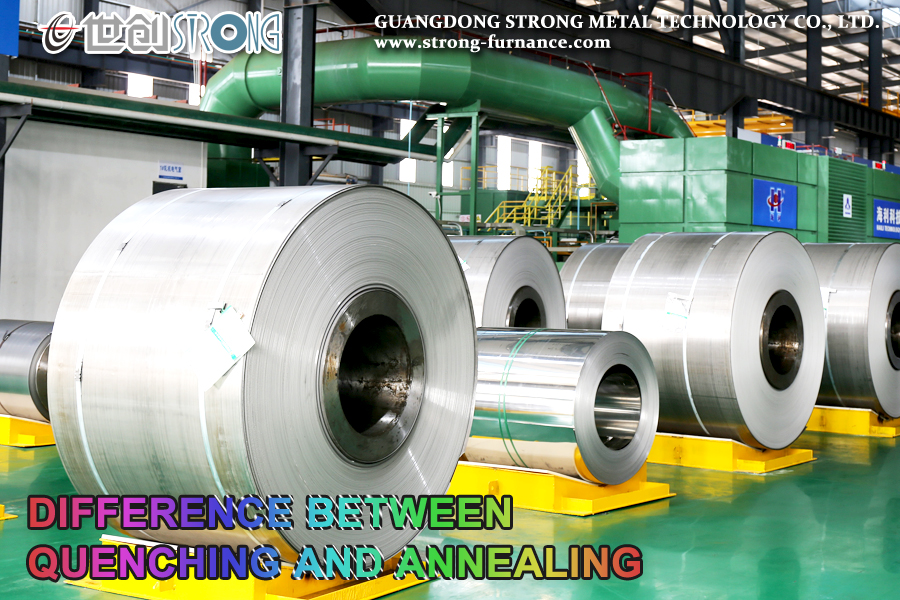
The reason why many materials need to be quenched is that quenching can make the surface of the material reach a high hardness and wear resistance, thereby improving the service life and performance of the material. Quenching is a method of rapidly cooling the material by rapidly cooling the material to a metastable state of organization and forming a high-hardness martensitic structure. In addition, quenching can also improve the strength and toughness of the material, making it more durable and reliable.
It should be noted that quenching will also bring some negative effects, such as easy to generate internal stress and deformation, causing the material to lose its original shape and dimensional accuracy. Therefore, when performing quenching treatment, it is necessary to select appropriate process parameters and subsequent treatment methods according to the properties and requirements of the specific material to achieve the best effect.
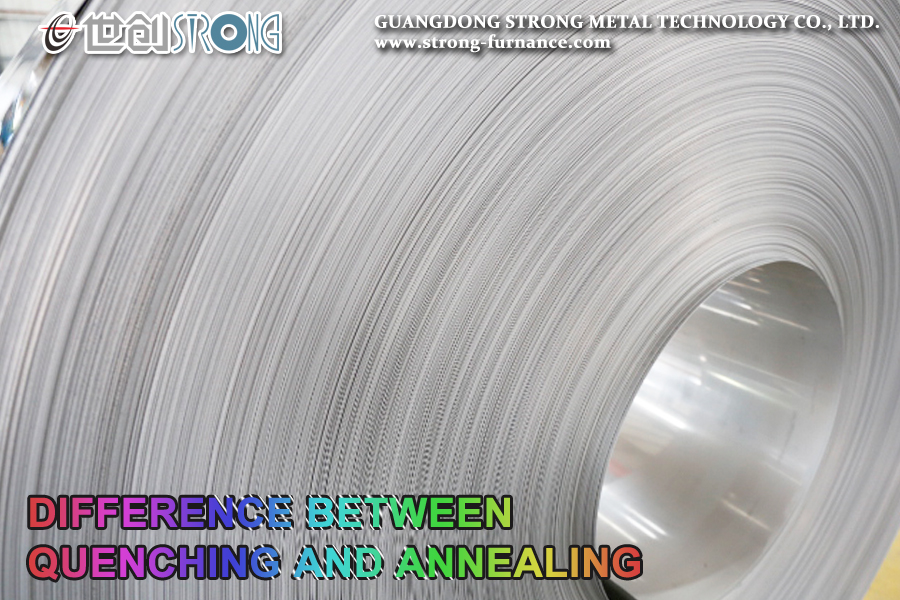
Annealing is a metal heat treatment process in which the metal is slowly heated to a certain temperature, kept for a sufficient time, and then cooled at an appropriate rate. Annealing heat treatment is divided into complete annealing, incomplete annealing and stress relief annealing. The mechanical properties of annealed materials can be tested by tensile tests or hardness tests. Many steels are supplied in the annealed heat treatment state. The hardness test of steel can be tested by Rockwell hardness tester to test HRB hardness. For thinner steel plates, steel strips and thin-walled steel pipes, surface Rockwell hardness tester can be used to test HRT hardness.
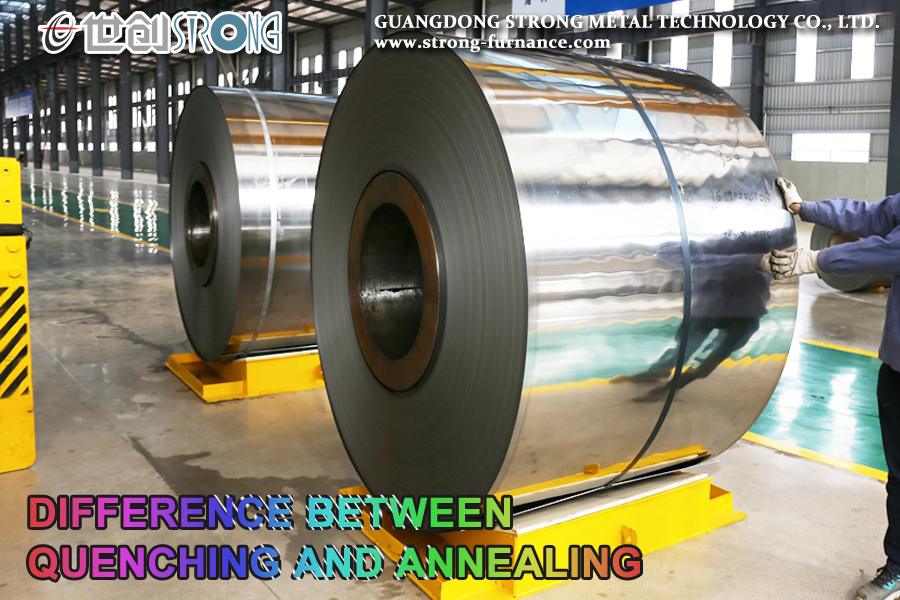
The purpose of annealing is to:
Improve or eliminate various structural defects and residual stresses caused by steel in the casting, forging, rolling and welding process, and prevent deformation and cracking of the workpiece.
Soften the workpiece for cutting.
Grain refinement and organization improvement to improve the mechanical properties of the workpiece.
Prepare the organization for the final heat treatment (quenching, tempering).
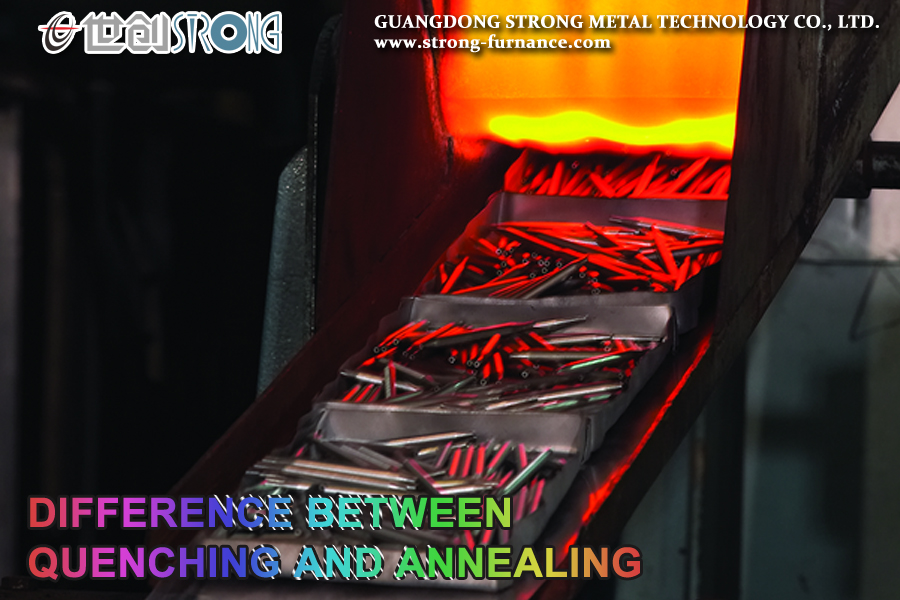
The difference between quenching and annealing:
Different temperatures. The quenching temperature is 800-900℃. The annealing temperature is 600-700℃.
Different heat treatment processes Quenching is a heat treatment process in which the workpiece is heated to a certain temperature and then rapidly cooled using a quenching medium. Annealing is a heat treatment process in which the workpiece is heated to a certain temperature, maintained for a sufficient time, and then cooled at an appropriate rate.
Different purposes: The purpose of quenching is to increase the hardness of the workpiece. The purpose of annealing is to reduce hardness, improve plasticity and toughness, and remove residual stress.
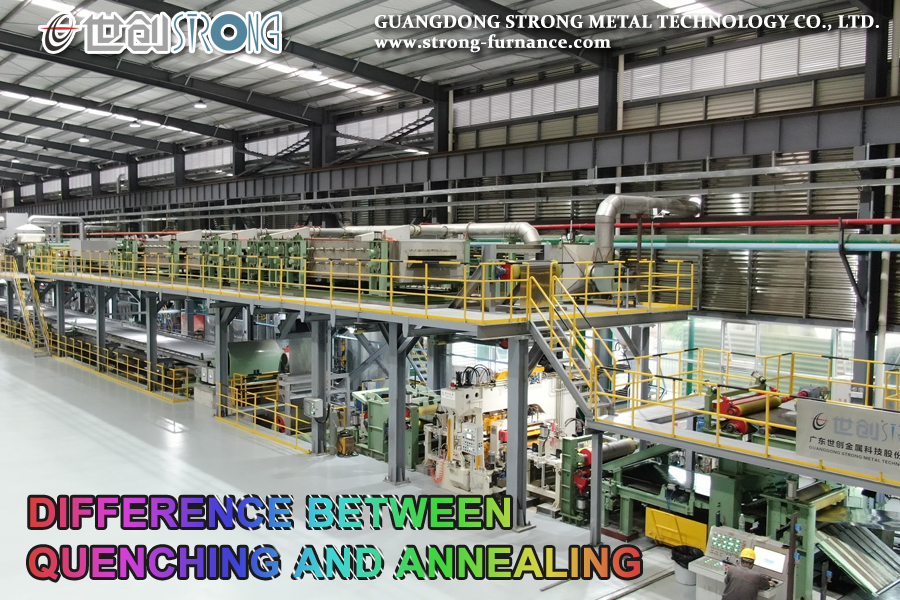
Strong Metal’s customized continuous stainless steel strip bright annealing line by hydrogen protected
Usage: Used for continuous bright annealing of stainless steel strips, plain steel, alloy steel, spring steel, copper, etc.
Thickness: 0.1~3MM
Width: 250~1450MM
Natural gas (LNG), liquefied petroleum gas (LPG), and diesel can be selected as the main heating methods of the furnace.
The unit of the stainless steel strip bright annealing production line consists of an inlet section, an inlet looper, a degreasing section, a process section, an outlet looper, and an outlet section.
It adopts automated control to form an ultra-highly integrated and precision-controlled production line, realizing technological integration and innovation of stainless steel cold-rolled strip continuous production lines.
Features: fast heating speed, low energy consumption, low cost, safe and reliable, high degree of automation and customizable.
Scope of application: widely used in metallurgy, special steel, and precision strip industries.
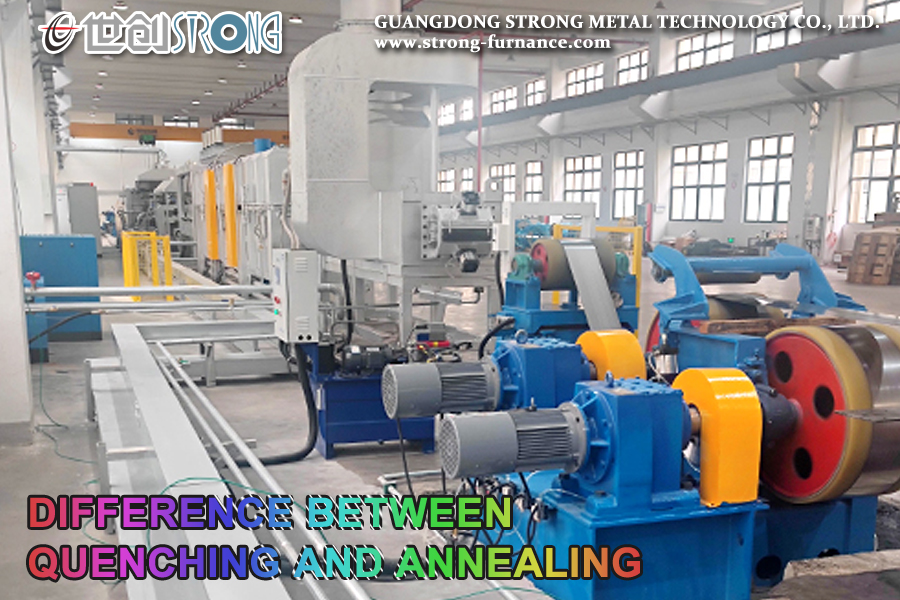
Strong Metal's Technological Breakthrough Hardening And Tempering(Quenching) Line
Characteristic: Hardening And Tempering (Quenching) Line of mesh belt furnace is suitable for mass production of various small workpieces,such as carburizing, carbonitriding, quenching, oil quenching, water quenching and other heat treatment processes, processing screws, nuts, stamping parts, etc.
Design different heat treatment solutions according to your different workpieces.
Customized according to the product.
Model: SW-810-9F
Performance: temperature 950 ℃; Material: shell: low carbon steel
Process: (1) carburizing, carbonitriding (2) controlled atmosphere quenching, isothermal quenching (3) oil quenching, water quenching
Advantage: computer control

